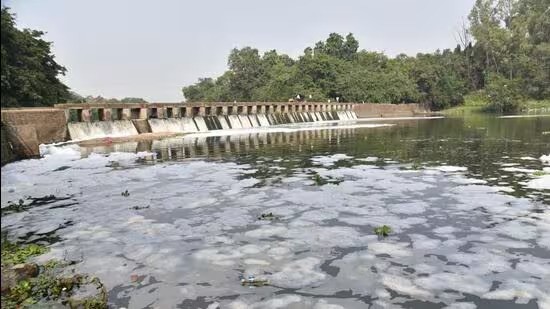Free Courses Sale ends Soon, Get It Now


Free Courses Sale ends Soon, Get It Now



Disclaimer: Copyright infringement not intended.
Context
About Pavana River
Pavana Nagar Dam
The reasons for contaminated river stretches are as follows:
Initiatives taken by Government
National Water Quality Monitoring Programme (NWMP):
River cleaning and rejuvenation is a continual process:
Namami Gange and NRCP:
National River Conservation Plan (NRCP):
|
PRACTICE QUESTION River pollution is a critical environmental issue affecting ecosystems and human health. Discuss the major sources and consequences of river pollution, and propose effective strategies to mitigate this problem. Support your answer with relevant examples. (250 words) |
© 2024 iasgyan. All right reserved